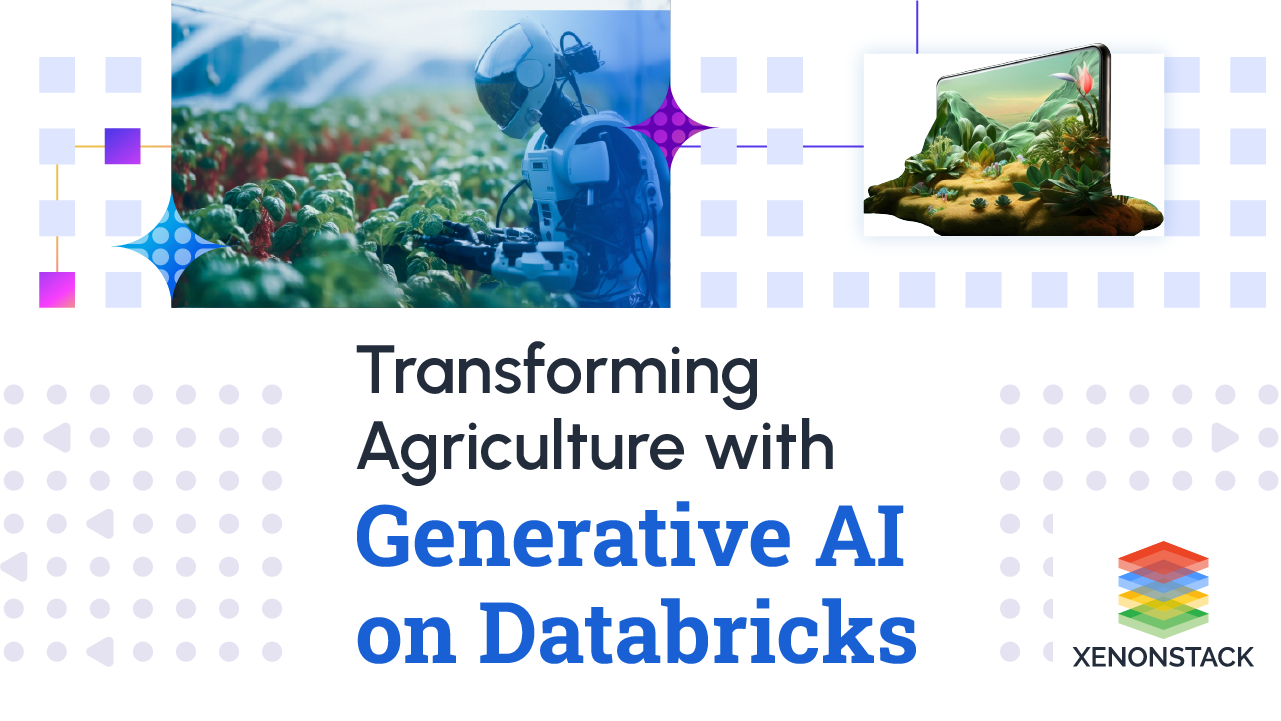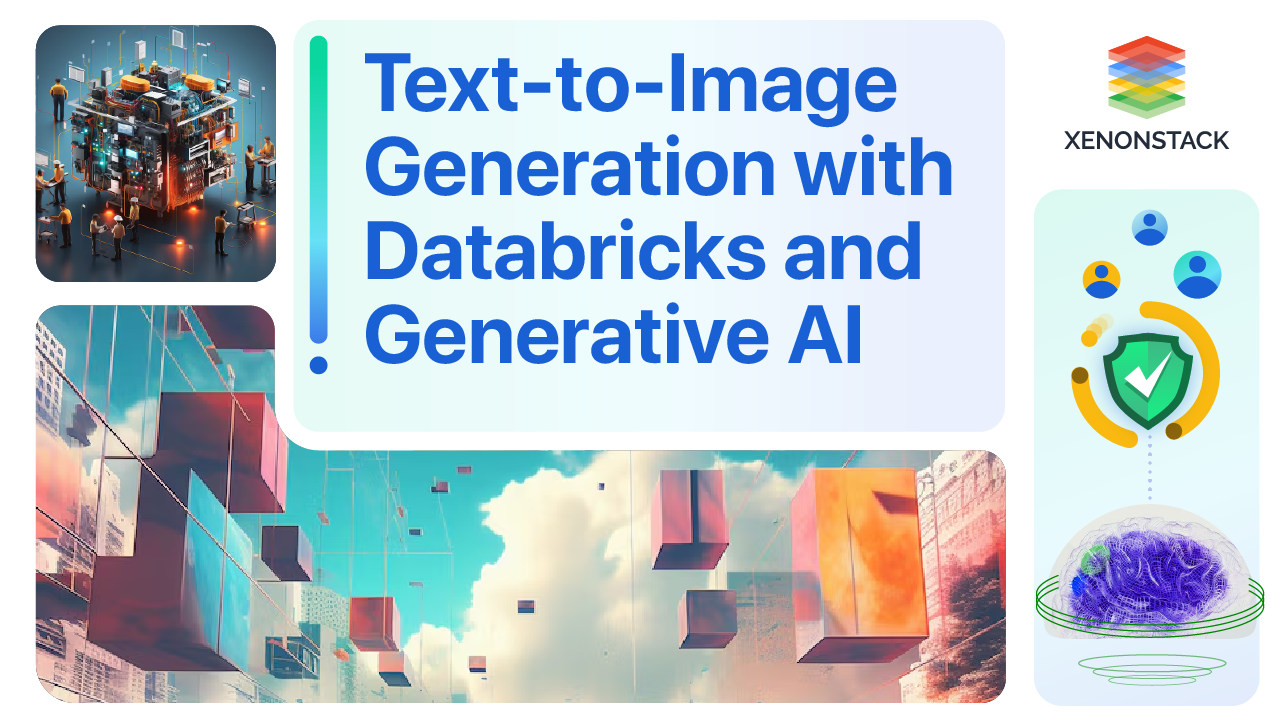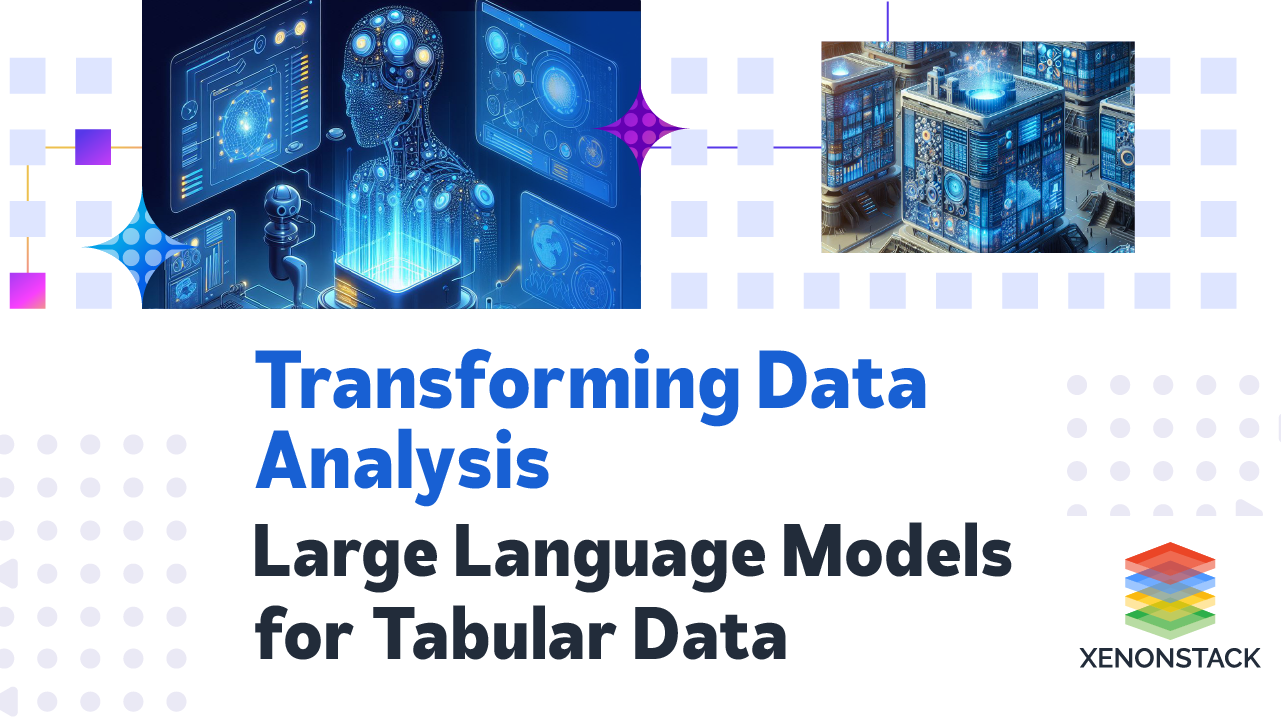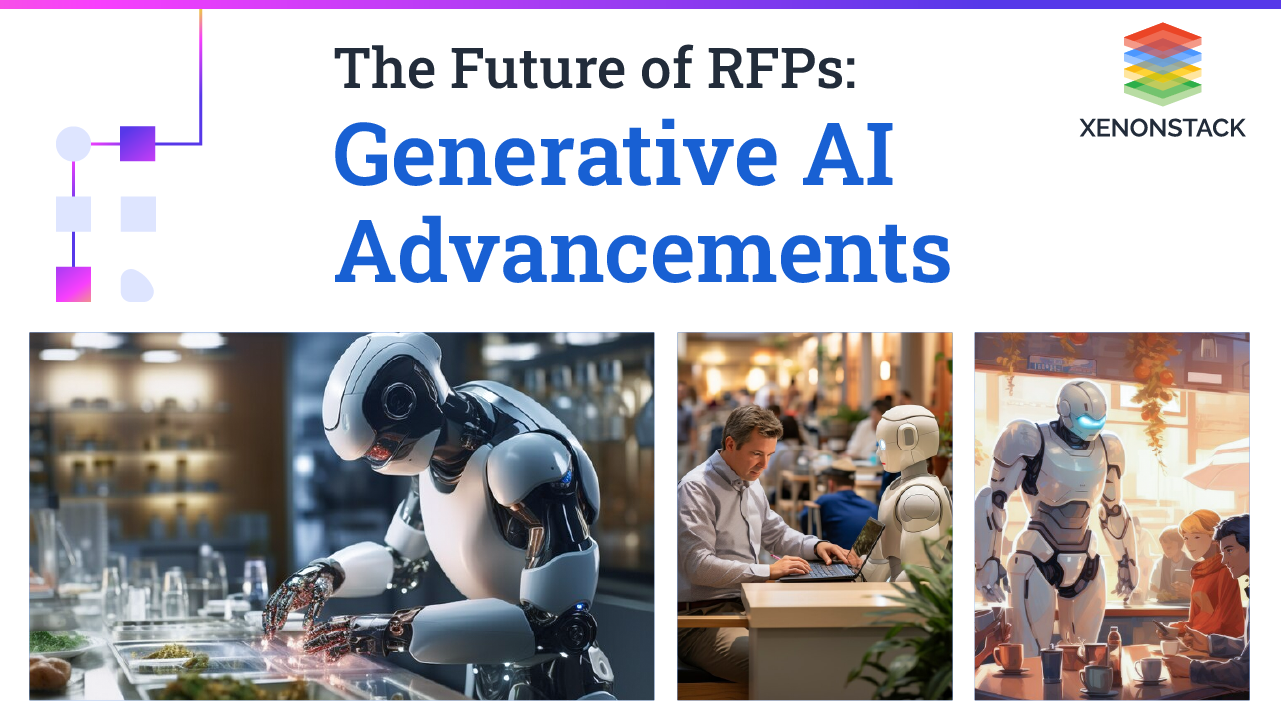
Introduction
In the industry, traditional practices frequently conflict with contemporary requirements. Over time, companies have grappled with intricate projects, time constraints, labor-intensive processes, inaccuracies, and the competitive pursuit of new ventures. The conventional manual methods of conducting operations deplete resources and hinder the ability to adapt to the rapidly evolving sector. Those in procurement often deal with repetitive RFPs seeking new suppliers due to quality issues, price hikes, or cost-cutting mandates. Despite efforts to use templates, creating RFPs remains a challenge with suppliers posing additional questions and criteria revisions, leading to multiple iterations and extensive clarifications.
Generative AI in Request for Proposal (RFP) automation represents a transformative leap in the procurement landscape. Organizations can revolutionize the RFP process by leveraging artificial intelligence to streamline and enhance it. This cutting-edge technology enables the rapid creation of tailored RFPs by leveraging insights from historical documents and databases, ensuring precision and consistency in every output. With Generative AI-powered RFP automation, procurement teams can expedite sourcing cycles, minimize manual effort, and unlock exponential efficiency gains. As AI capabilities continue to advance, integrating intelligent automation across the source-to-pay spectrum becomes not just a strategic advantage but a necessity for organizations seeking to stay ahead in today's competitive procurement environment.
What is RFP?
An RFP, known as a Request for Proposal, is a formal document provided to potential vendors by a company looking to obtain a particular product or service. Vendors are required to complete the required details in a consistent and organized manner. RFPs are commonly employed for projects with intricate requirements that demand specialized expertise or when multiple vendors are essential for project completion. Their purpose is to maintain competitiveness, transparency, and secure optimal value during the procurement process for the organization.
The timeline for the RFP process can differ, depending on factors like project complexity, client organization needs, and the resources available to the bidder. The RFP process typically lasts from two to six weeks.
Essential Elements of an RFP:
-
Project Summary: Concise project description and goals.
-
Work Scope: Comprehensive outline of tasks, milestones, and outcomes.
-
Schedule: Project stages and key dates.
-
Financials: Budgetary limits or project cost range.
-
Vendor Requirements: Qualifications vendors need to fulfill for consideration.
-
Proposal Instructions: Guidelines on proposal submission methods and deadlines.
-
Assessment Criteria: Standards utilized to assess proposals.
Challenges arise when using conventional approaches
When utilizing conventional methods for RFP processes, businesses encounter various challenges that hinder efficiency and effectiveness
-
Time and Resource Inefficiencies: Manual RFP creation consumes significant time and resources, leading to delays in sourcing cycles and hindering departments from acquiring necessary products promptly. The labor-intensive tasks of researching category requirements, aligning sections, gathering stakeholder feedback, and conducting reviews result in prolonged processes that impede agility and responsiveness.
-
Communication Breakdowns: Inefficient communication among dispersed teams causes delays in feedback collection, slowing down improvements and decision-making. Continuous back-and-forth exchanges contribute to bottlenecks and hinder progress in the RFP process.
-
Risk of Errors and Misinterpretations: Lack of uniformity in RFP creation increases the likelihood of omissions or mistakes, potentially misrepresenting criteria to suppliers. This can lead to misunderstandings, delays, and missed opportunities due to incomplete or confusing RFPs.
-
Cost Implications and Financial Strain: Traditional RFP response processes face high costs and time investments, with responses often taking months and costing significant amounts. The financial burden extends beyond time to hard costs, impacting firms and their clients, highlighting inefficiencies and financial strains within the system.
-
Repetitive Efforts and Wastage: Starting RFP responses from scratch instead of leveraging existing content leads to wastage of time and resources. The repetitive nature of addressing similar queries in each RFP adds to the inefficiencies and resource drain experienced in conventional approaches.
How does Generative AI improve the RFP process?
Generative AI plays a crucial role in enhancing the RFP process by automating tasks and streamlining operations for increased efficiency and accuracy. By harnessing the capabilities of AI technology, organizations can expedite the RFP process while ensuring precision and reliability.
Key features of AI-driven RFP solutions include:
-
Centralized Data Management: Providing teams with access to updated and easily accessible information from various departments, simplifying knowledge management, and automating repetitive tasks to focus on tailored responses for an enhanced customer experience.
-
Automated Responses: Utilizing auto responses to save time by quickly populating answers based on past projects, significantly reducing response time compared to manual searches.
-
Efficient Project Management: Streamlining project management by delegating tasks to the appropriate team members, ensuring transparency and collaboration for an organized approach to addressing queries.
-
Less Research task: Streamlining research tasks through generative AI for quick information retrieval and summarization
-
Reduce Time: Accelerating initial draft creation by automatically inputting relevant answers using natural language processing. Enhancing review efficiency by assigning answers with machine learning
-
Escalate win: Improving win rates with AI-driven content recommendations for enhanced response quality
Generative AI RFP templates provide numerous benefits to small procurement teams. AI-generated templates offer unparalleled customization and flexibility, enabling tailored RFP creation based on specific requirements, rather than relying solely on vendor-provided templates. This approach fosters a more objective and thorough evaluation of potential suppliers.
Organizations can leverage the speed, cost savings, and insights offered by intelligent automation through AI integration. By staying compliant with internal policies and previous RFP templates, Generative AI solutions can instantly generate customized outputs for different spend categories or sourcing events. Answer automation extracts instant answers from various sources, expediting the process and eliminating the need for extensive primary research from siloed sources. AI's integrated version control enables multi-author collaborative drafting, allowing for user comments and adjustments that enhance document quality over iterations. Automation of repetitive tasks minimizes errors and ensures consistency, reducing the risk of misinterpretations in requirements that may affect supplier clarity. It empowers subject matter experts to focus on strategic tasks like stakeholder alignment and risk assessment, while enabling swift responses to market dynamics and opportunities. By enhancing productivity, reducing costs, mitigating risks, and driving value, purpose-built AI automation transforms the RFP process into a more streamlined and effective operation, leading to improved decision-making and vendor relationships.
RFP with Generative AI
RFP templates
Utilizing Generative AI allows for the creation of tailored RFP templates that meet the specific demands of a public sector entity, leading to notable time and resource savings. Instead of beginning from square one for each RFP creation, the organization can furnish the generative AI model with fundamental details regarding its IT needs, including product/service specifications, budget constraints, and project timelines. Subsequently, the AI model will produce a preliminary RFP template for review and customization by the organization.
RFP Content
Generative AI is valuable for producing tailored content for RFPs, including sections like the executive summary, scope of work, and evaluation criteria. This feature is particularly beneficial for public sector entities with constrained resources or limited expertise in RFP writing. To create RFP content, the organization can offer specific guidelines to the generative AI model, outlining essential points to cover and the desired tone. Subsequently, the AI model will generate a draft of the content for the organization to review and refine.
RFP review and refine
After generating a preliminary RFP draft, generative AI can aid in reviewing and enhancing it. This process assists in detecting errors or omissions and ensures that the RFP is coherent, succinct, and comprehensible. To conduct this review and refinement, the public sector organization can supply the generative AI model with the draft RFP and request feedback on areas needing enhancement. Subsequently, the AI model will produce a report detailing its observations and suggestions for improvement.
How to choose the best?
Finding the right AI-powered RFP software may seem daunting initially, but it can be simplified by following these steps:
- Identify Gaps: Consult with your bid, proposal, and sales teams to pinpoint areas for improvement in the RFP response process.
- Define Business Needs: Determine crucial requirements for your business, such as performance insights, necessary integrations, and key stakeholders.
- Content Organization: Store past proposals in a central content library for easy retrieval and insertion into new proposals.
- Collaboration Tools: Choose software that facilitates collaboration among team members, subject matter experts, and stakeholders.
- Seamless Integration: Pick software that allows for smooth integration with familiar platforms like Microsoft Office applications and CRM systems.
- Generative AI Features: Look for AI-powered tools that enhance efficiency by automating tasks and supporting content creation.
- Performance Tracking: Utilize software that provides metrics on document performance post-submission.
- Live Demonstrations: Witnessing software in action can aid in decision-making and feature identification.
- ROI Assessment: Evaluate potential returns on investment from implementing generative AI RFP software.
- Vendor Comparison: Use software marketplaces to compare different solutions and read user reviews to make an informed choice.
- Select a reliable generative AI model: Choose a reputable generative AI model that has been trained on high-quality data for generating RFP content.
- Offer precise and straightforward guidance: Provide clear and concise instructions to the AI model to ensure the content generated aligns with your requirements.
- Seek expert validation: Before incorporating AI-generated content into an RFP, have an expert review it to verify accuracy, impartiality, and compliance with public sector procurement standards.
Benefits of Generative AI for RFP
The realm of Request for Proposals has embraced these transformative tools, leveraging AI and NLP to revolutionize RFP responses. This integration leads to a remarkable time saving of up to 70% for sales and bid teams, enabling them to concentrate on strategic tasks and high-value initiatives.
1. Improved Proposal Quality: Users of RFP software notice a substantial enhancement in proposal quality, accuracy, and overall efficiency. Studies indicate a 12% increase in team win rates, highlighting the software's positive impact on success rates.
2. Enhanced Team Satisfaction: Collaborating on an RFP typically involves around nine team members, a number that grows with the company's size. Research reveals that integrating RFP platforms has led to a 5% reduction in stress levels, resulting in increased team satisfaction and a higher likelihood of winning bids.
3. Faster Response Times: By utilizing RFP automation features like answer autofill, software users can efficiently handle a larger number of RFPs, achieving an average 7x faster response process. This streamlined approach allows for more thoughtful and comprehensive responses.
4. Quicker Returns: Most businesses witness a rapid return on investment (ROI) within a year of implementing RFP software. Smaller companies often experience this financial benefit within the first year, while larger enterprises may require a slightly longer period due to operational complexities. However, the significant financial gains for larger firms compensate for the extended timeline.
5. Improved Efficiency: Adopting an RFP solution offers various benefits, including enhanced storage and management of RFP content, leading to streamlined content maintenance. The software also results in significant time savings, automates labor-intensive tasks, and allows teams to focus on higher-value activities and strategic endeavors.
Use case
Search from existing Document
Problem:
Creating a compelling RFP response is not only labor-intensive, often spanning 1-2 months, but also expensive, with costs sometimes exceeding $200,000 USD. Much of the RFP procedure entails revisiting already answered questions, resulting in duplicated work and resource wastage.
Solution:
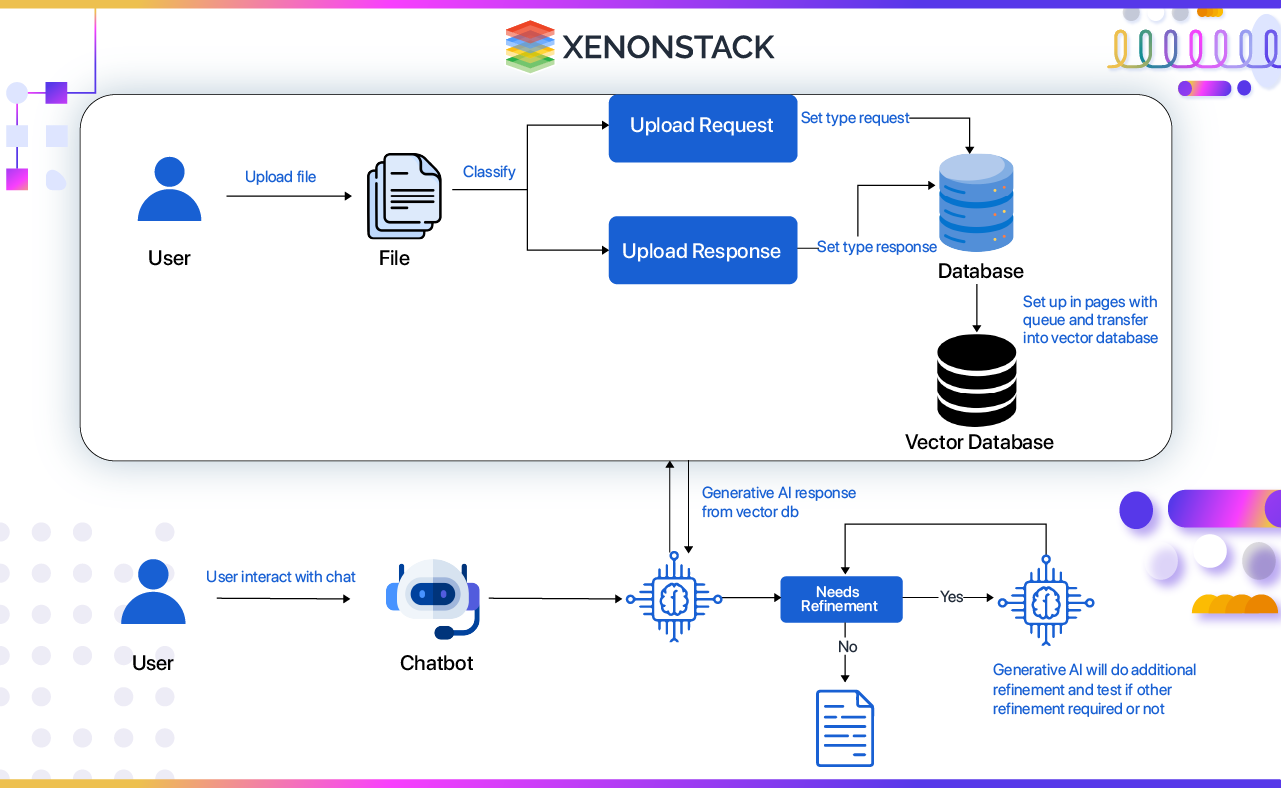
Fig.1.1: Flow of RFP creation from existing document
Enable users to effortlessly upload and categorize documents as either requests (RFPs) or responses (supporting documentation) in database, followed by secure storage. Utilizing Recognizer, the system adeptly extracts crucial text from these files. User queries, whether they are from the request or response collection, are efficiently handled through a search in the vector database, with the results and user prompts processed by generative AI for detailed summarization and information extraction and create RPF
Key Benefits:
-
Seamless document upload and categorization process for requests (RFPs) and responses in a secure database.
-
Effective text extraction using Recognizer technology to capture essential information from uploaded documents.
-
Efficient handling of user queries through a search in the vector database, ensuring quick access to relevant information.
-
Utilization of generative AI for detailed summarization and information extraction, enhancing user experience and information retrieval efficiency.
Points to be considered
Points to Consider when Using Generative AI for RFPs in a company:
-
Accuracy: Generative AI models are still evolving and may produce inaccurate or misleading information. Thorough review and editing of AI-generated content are crucial before incorporating it into an RFP.
-
Bias: Generative AI models can exhibit biases present in their training data. Awareness of potential bias and implementing measures to address it are essential.
-
Transparency: Understanding the content generation process of generative AI models can be challenging. Ensuring accuracy, impartiality, and troubleshooting issues may require additional efforts due to the lack of transparency in AI content creation.
Conclusion
Generative AI is a valuable asset in optimizing and streamlining the RFP (Request for Proposal) process for organizations. It aids in creating RFP templates, generating content, and refining RFPs, saving time and improving quality. However, challenges like accuracy, bias, and transparency must be considered when utilizing generative AI for RFP preparation.
Key Insights
-
Generative AI significantly enhances proposal quality, precision, and overall efficiency, leading to a 12% increase in team win rates.
-
Adoption of RFP software results in reduced stress levels, a 5% decrease, among team members, fostering higher team satisfaction and improved bid success rates.
-
Leveraging RFP automation tools accelerates response times, enabling users to address a higher volume of RFPs at a 7x faster rate, facilitating more thoughtful and comprehensive responses.
-
Rapid ROI is experienced by most businesses within a year of implementing RFP software, with smaller companies realizing financial gains sooner than larger enterprises.
-
Improved efficiency streamlined content maintenance, significant time savings, and automation of labor-intensive tasks are key advantages of adopting an RFP solution.
-
The integration of AI and NLP in RFP responses results in a remarkable time saving of up to 70%, empowering sales and bid teams to focus on strategic tasks and high-value initiatives.
-
Read more about Generative AI for Infrastructure Management
-
Know more about Generative Adversarial Network Architecture


